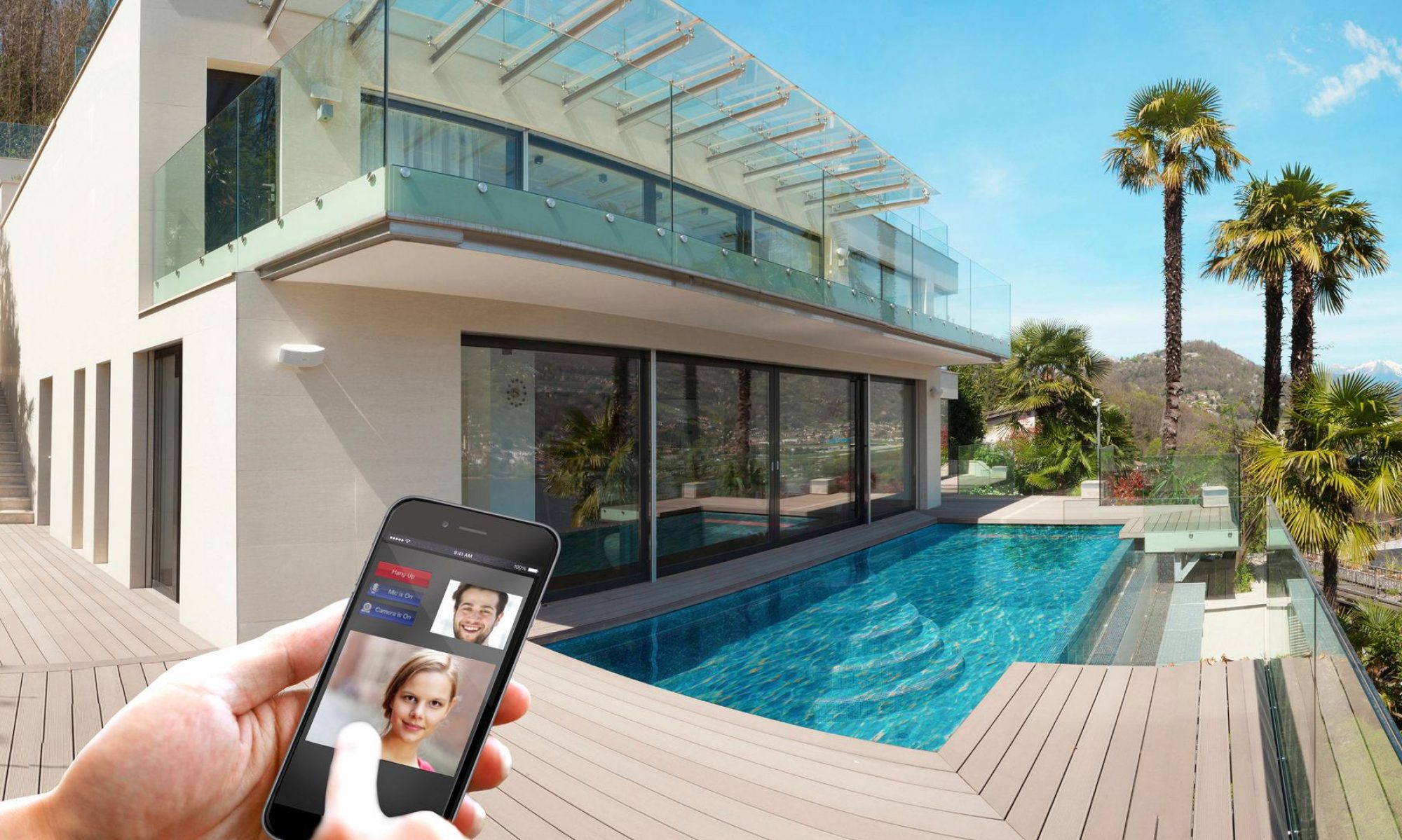Various control functions are available to arrange the lighting of a building in order to make it as comfortable and economical as possible:
– Dimming functions
– Staircase lighting function
– On and off delay
– Time control
– Occupancy-dependent control
Dimming functions
Dimming is a frequently desired and very pleasant control function.
Example: In a conference room the dimmable lighting is switched via a push button. With short operation of the push button the lighting is switched on and off, with an extended actuation the lighting is dimmed up and down. With an additional push button it is possible to send various brightness values. In our example, the lighting is dimmed to 50 % by a short operation of the push button, e.g. for cleaning purposes. With long operation of the push button the lighting is dimmed to a brightness of 0 %, i.e. it is switched off.
Staircase lighting function
A defined form of lighting is understood under the designation staircase lighting function. It lights up for a predefined time after switch on and switches off automatically. This form of lighting is known mainly from its use on staircases and stairwells, hence the name. The lighting can also be switched off before the time has elapsed using the push button if set accordingly on the actuator. The staircase lighting time can be restarted by pressing the push button again.
Example: In a dwelling there are many rooms where someone is present only for a short time, e.g. halls, guest bathrooms, storerooms and pantries. Different staircase lighting times have been programmed for these rooms. So, the light in the hall switches off after two minutes and the light in the guest bathroom after ten minutes.
On and off delay
The on and off delay is used frequently in the area of lighting. With the control function Switch on, the lighting function is only triggered with a delay and/or the OFF command to switch off the lighting is undertaken after a delay.
Example: In internal toilets the ventilation is often switched together with the lighting. The ventilation control is comfortable to implement with an on/off delay. The lighting is immediately activated and the ventilation
switches on and off with a delay.
Time control
The time control is a favorite function for the control of lighting which allows defined circuits to be switched on and off automatically as a time dependent function.
Example: In a manufacturing company the production and break times are fixed, e.g. work starts at 7 a.m. with the first break from 9 a.m. to 9.15 a.m., lunch from 12.00 a.m. to 12.30 a.m. and works ends at 3.45 p.m. At these times all lighting circuits with the exception of the lighting in the walkways
are switched off.
Occupancy-dependent control
An occupancy dependent control is a control form which uses motion or presence detectors. It detects the presence of persons in the building or in external areas and switches the corresponding lighting on or off.
Example 1: In a dental surgery the toilets are within the building (no external windows), i.e. as soon as a person enters the toilet area the lighting is required. One possibility would be to permanently light the area during
opening hours or to allow the person to switch on and off the lights themselves. Unfortunately a lot people forget to switch off the lights.
Example 2: A more economic solution here is the use of a motion detector. As soon as a person enters the room the lighting is switched on and switched off as soon as they leave the room.




